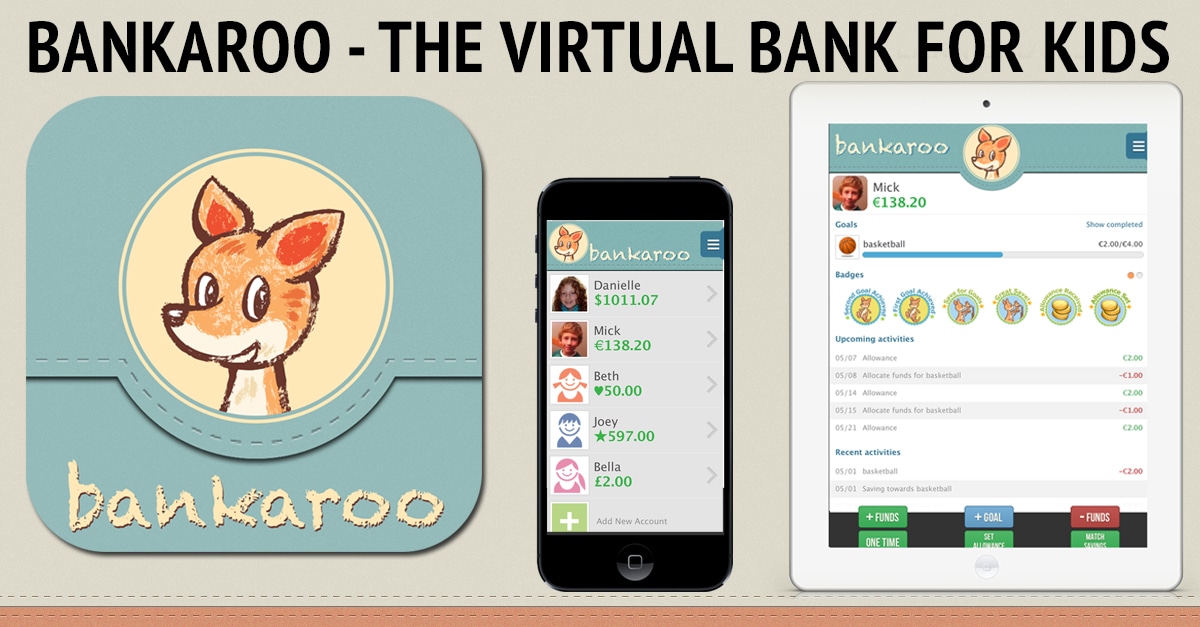Did you know that childhood experts recommend kids start getting a financial education as early as age 3? While they may not be buying stocks at that age, they can still begin to learn the value of a dollar and more.
If your kids are having trouble in the money 101 department at any age, don’t worry, there’s an app for that…several dozen to be exact. Many of these apps are pretty smart when it comes to breaking down the concepts of earning, spending, and saving in an age-appropriate way.
4 Apps to Teach Your Kids About Money
If you’re ready to help your kids become more financially fit, here are 4 of the best apps to get your kids on the right track.
Counting Coins
Geared toward younger children, Counting Coins is more of a game to help kids learn how to count coins and understand their worth. The app has four basic modes: matching the value, making the total, how many cents, and showing their values. Counting Coins was created by K12 Inc. as part of a math curriculum. It’s free to download to Apple products.
Bankaroo
Designed by a child who wanted to know how to manage her allowance, Bankaroo helps kids learn how to manage their money. It’s designed for kids ages 5-14.
Parents can give their kids allowances or add money to their accounts. Kids record every expense so they can keep track of their balance. They can also take advantage of a savings feature that allows them to save money for expensive items. When they reach their goals, they earn cool badges through the app.
Bankaroo is a free download from the Apple Store and through Google Play.

GoHenry
Spending, saving, and managing money are all covered on the GoHenry app.
GoHenry is actually a debit card and app in one. It’s geared towards kids ages 6-18.
Parents can load money on the debit card, set up automatic allowances, and set rules related to how their kids earn and spend money. Kids can watch their spending, set savings goals, and even make donations. There’s no possibility for overdrafts with the GoHenry debit card and app. GoHenry is available to download in the Apple Store and through Google Play.
GoHenry offers a free one-month trial. There is then a $3.99 monthly fee.
BusyKid
From earning to saving to budgeting, and even investing in the stock market, BusyKid has it all. The app allows parents to set chores and have money automatically deposited into their children’s accounts once they are completed. Each week, a percentage of their allowance is saved. They can donate a percentage to charity or choose to invest some of their earned money. There is also a debit card available to teach your child how to spend their money responsibly.
BusyKid is free to download to iOS and Android devices. But, there is a $4 monthly subscription fee. It is recommended for kids ages 5-14.
The Bottom Line on the Best Apps to Teach Your Kids About Money
When it comes to finding the best apps to teach your kids about money, you want to find ones that cover all the bases.
ALSO: My Child Hates School, What Can I Do?
From earning to spending and saving, kids need to learn how all three of these functions work together so they can be financially fit.











Add comment